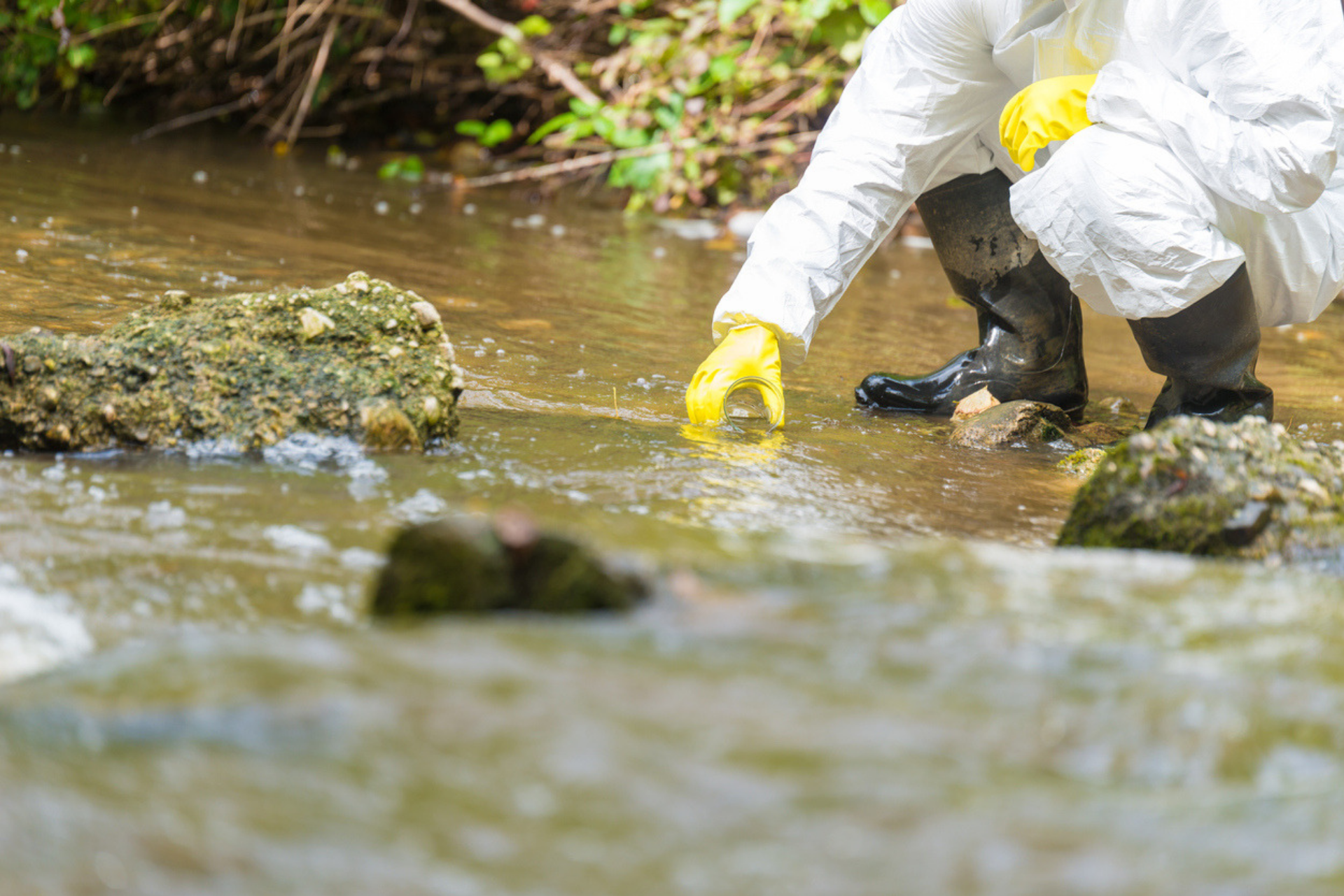PFAS are man-made, “emerging contaminants” that have been in the news with increasing frequency. While PFAS (pronounced P-fas with a short “a”) compounds have been manufactured for more than half a century, it is only in the past 15-20 years that some of the compounds have begun raising health concerns. Here are four fast facts to help you understand this emerging issue.
PFAS refers to a family of chemicals.
Much like polychlorinated biphenyls (PCBs), PFAS refers to a family of chemicals. PFAS is shorthand for per- or polyfluoroalkyl substances. There are thousands of these compounds. Two PFAS compounds, PFOS and PFOA (now phased out) have been the ones subject to the most regulation and litigation, but others, like PFBS or those referred to as GenX, also are getting increased attention.
PFAS have been used in multiple applications for decades.
These chemicals have been used in consumer products, such as treatments for waterproof clothes and shoes, nonstick cookware, paint, and even food packaging. They have also been used in industrial settings, such as fume and mist suppressants for metal and plastic plating operations, and to formulate aqueous film-forming foam (AFFF), a common firefighting material used at airports and refineries to extinguish petroleum-based fires and prevent re-ignition. This widespread use and related waste disposal has led to these compounds finding their way into groundwater and drinking water. As a result, it’s found at de minimis levels throughout the environment and, likely, in all of us.
EPA has established a lifetime health advisory guideline for drinking water exposure.
The main identified concern with these chemicals is people drinking PFAS-contaminated water or eating fish and other foods that have been contaminated from PFAS in streams, rivers or water used to irrigate crops. The EPA has published a lifetime health advisory guideline of 70 parts per trillion, which applies only to the combination of two historic PFAS compounds, PFOA and PFOS, for which some health impacts have been identified. The EPA has not yet established any enforceable regulatory criteria or released health advisories for the wider family of PFAS compounds.
There is a patchwork of state regulatory approaches.
In the absence of EPA action, some states have issued enforceable cleanup criteria for certain pathways and for other PFAS compounds, and some states have issued fish advisories. One state even issued a “do not eat” advisory for deer in an area where there is PFAS contamination in surface and groundwater. The EPA has announced that it will release a national PFAS Management Plan to address PFAS issues and concerns in early 2019.
Like prior emerging contaminants, PFAS contamination will be an area of focused regulatory action for the foreseeable future. Stay tuned as we continue to follow PFAS developments on the Barnes & Thornburg Environmental Law Blog. In the meantime, additional information on PFAS is available from the EPA.














